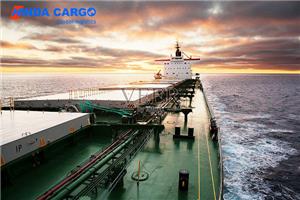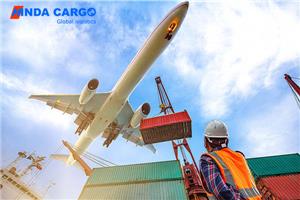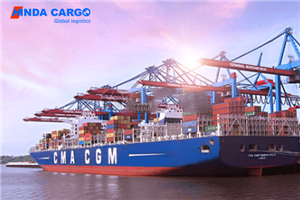Do shippers need to pay tariffs for packages from China to USA?
Driven by global trade and cross-border e-commerce, shipping packages from China to USA has become a common behavior in daily life. Whether individuals shop through e-commerce platforms or companies export goods, tariff issues are an important link that cannot be ignored. Many shippers will be concerned about a question during the logistics process from China to USA: "Do I need to pay tariffs for packages?"
This article will deeply analyze the relevant regulations and applicable conditions of tariffs when shipping packages from China to USA, as well as how to correctly understand tax responsibilities.

What is a tariff?
Tariffs are taxes levied by a country on imported goods. They are an important means of regulating the market, protecting the country's economy and fiscal revenue in international trade. Generally, the government of the importing country will impose different tariffs on imported goods based on the category of goods, the country of origin, and the value of the product. In the United States, the tariff collection standards are implemented by the U.S. Customs and Border Protection (CBP), which regulates goods entering the United States in accordance with the U.S. Tariff Code.
Tariffs are not only an economic regulation method for goods entering the domestic market, but also one of the important tools for the government to control international trade and foreign exchange flows. In trade between different countries, the setting of tariffs usually affects the circulation cost of goods, which has a profound impact on prices, supply chains and consumer purchasing behavior.
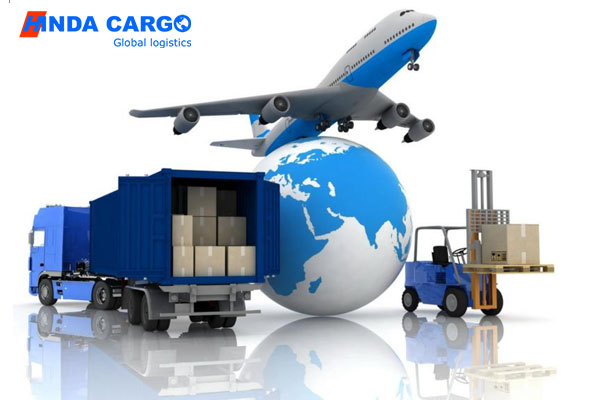
What are the basic rules of US import tariffs?
Whether you need to pay tariffs when shipping packages from China to USA depends on many factors. Generally speaking, the US tariffs on imported goods are assessed based on the following aspects:
Declared value of goods
Whether the United States imposes tariffs on imported goods depends first on the declared value of the goods. According to US customs regulations, the declared value of goods is the actual purchase price of the goods, which includes the cost of the goods as well as freight, insurance and other expenses.
Currently, the United States implements a tax-free policy for personal parcels worth less than $800. This policy is called the "De Minimis" rule, which means that when the declared value of a parcel does not exceed $800, the recipient usually does not need to pay import tariffs or other related taxes. Therefore, for those small-value goods, especially those purchased by individual consumers on cross-border e-commerce platforms, they are often exempt from tariffs.
However, if the declared value of the parcel exceeds $800, the amount of tariff payable will be calculated based on the type of goods, customs classification and tariff rate. The amount above $800 will be taxed according to the tariff rate of the goods.
Classification of goods
The United States imposes different tariffs on different categories of goods. This classification standard is based on the U.S. Customs Commodity Classification System, also known as the Harmonized System (HS Code). According to this system, all imported goods are divided into multiple categories, each with a corresponding tariff rate.
For example, goods such as textiles, electronics, food, and automobiles have their own independent tariff rates. Some categories of goods (such as luxury goods) may face higher tariffs, while other categories of goods (such as certain consumer goods, food, etc.) enjoy lower tariff treatment.
The U.S. classification of goods tariff policy may be affected by many factors, including trade agreements with the exporting country, whether the goods are sensitive items (such as those involving national security, health or environmental protection), etc. Therefore, it is very important for shippers to understand the category of their goods and the corresponding tariff rate when shipping goods.
Origin of goods
In international trade, the origin of goods also affects the collection of tariffs. The United States has special trade policies for some countries or regions, including tax exemptions or reduced tariffs. This special treatment is usually based on trade agreements or policy arrangements. For example, the United States, Canada and Mexico have signed the United States-Mexico-Canada Agreement (USMCA), under which some goods from the agreed countries can enjoy duty-free or preferential tax rates.
However, the trade relationship between China and the United States is relatively complex, especially in the Sino-US trade frictions in recent years, the United States has implemented a series of tariff measures on Chinese goods, mainly targeting specific goods. This means that some goods imported from China may face higher tariffs. Before shipping goods, it is very important for shippers to understand whether their goods fall within the scope of the US tariffs imposed on China.
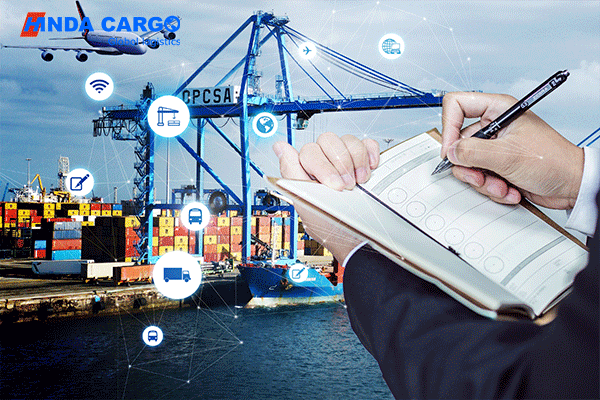
What is the payment process and responsible party of tariffs?
In international trade or cross-border e-commerce logistics, the payment of tariffs is generally borne by the consignee. The US Customs usually inspects the package when it arrives in the United States, determines the value, type and country of origin of the package, and then decides whether to impose tariffs. If tariffs need to be paid, the customs will notify the consignee or its agent (such as a logistics company) to handle the tax payment procedures.
Tariff payment process
When the package arrives in the US, the US Customs will determine whether tariffs need to be paid based on the declared information of the package. If the value of the package exceeds $800, or the commodity category is taxable, the customs will notify the relevant parties to pay the tariff. There are usually several ways:
● Direct payment: If the package is delivered through the postal system, the United States Postal Service (USPS) or other express companies will collect the tariffs on behalf of the package. The recipient needs to pay the tariffs and handling fees directly to the express company when receiving the package before the package is delivered.
● Use a customs clearance agent: If the package is shipped by a large logistics company (such as UPS, FedEx, etc.), these companies usually provide customs clearance services on behalf of the package. The logistics company will advance the tariffs and then charge the tariffs and service fees to the recipient.
● Self-clearance: For some commercial packages, the recipient or the owner of the goods can choose to handle the customs clearance procedures by themselves. The owner needs to provide complete product information and submit relevant documents according to the requirements of the customs. After completing the payment of tariffs, the package can be released.
Responsible party
In international logistics, the responsible party for paying tariffs is usually the consignee, not the consignor. Whether it is an individual purchasing goods or a company importing goods, after the goods arrive in the United States, the individual or company as the final consignee needs to bear the responsibility of paying tariffs. If the tariffs are not paid in time, the package will be detained by customs and even face the risk of return or destruction.
However, in cross-border e-commerce, many platforms and merchants may choose to pay tariffs in advance (the so-called "DDP terms", i.e. Delivered Duty Paid) in order to improve user experience. In this case, the merchant will include all fees including tariffs when shipping, ensuring that the recipient can receive the package without paying additional taxes. This practice can simplify the logistics process, but the cost will increase accordingly.
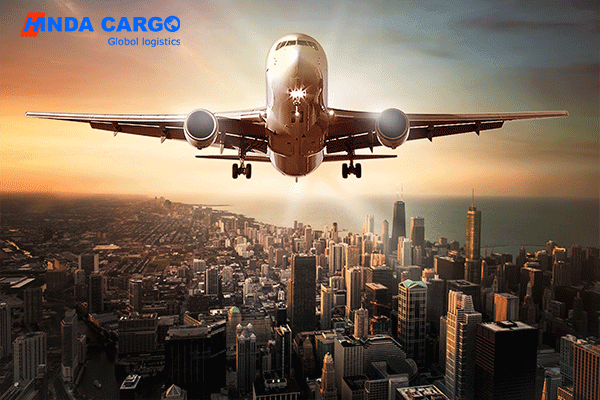
How to determine whether tariffs need to be paid?
For shippers or consumers, to determine whether tariffs need to be paid for packages shipped from China to the United States, the following steps can be taken:
Determine the declared value of the package
As mentioned above, the United States has a tax-free policy of $800. Therefore, if the declared value of the package is less than $800, it is usually not necessary to pay tariffs. However, the shipper should fill in the value of the package truthfully when declaring it to avoid being fined or even refused to release by customs due to underreporting the price.
Check commodity categories and tariff rates
Different categories of goods are subject to different tariff rates in the United States. Shippers can find out the specific tariff rates of their goods by checking the U.S. Customs Commodity Classification System (HS Code). Generally, the tariff rates for goods such as electronic products, textiles, and food are different. In addition, some special goods may also need to pay additional taxes or meet special import regulations.
Determine the origin
Due to the complexity of Sino-US trade relations, some goods imported from China may be subject to additional tariffs. Shippers should understand whether their goods fall within the scope of the US tariffs imposed on China and whether there are any trade agreements that can provide tax benefits or exemptions for their goods.
Choose the right logistics method
Choosing the right logistics method can also affect the payment method of tariffs. If it is transported by ordinary postal service, the tariff is collected by the US Postal Service, while if it is transported by commercial express companies, it may involve customs clearance and tariff payment services. Understanding the tax processing procedures for different logistics methods will help shippers make budget arrangements in advance.
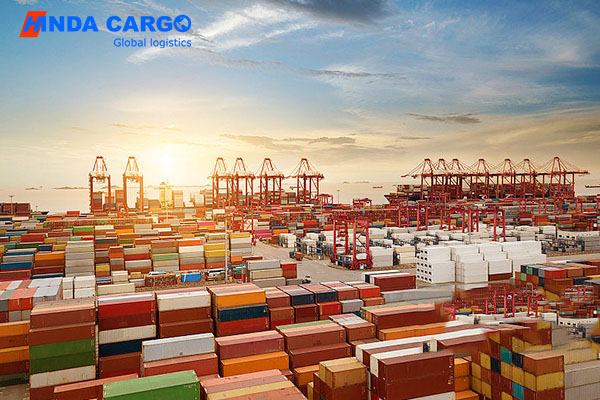
Other related taxes and fees
In addition to tariffs, the United States may also impose other related taxes and fees on imported goods, such as excise tax and value-added tax (VAT). These taxes are usually determined based on the nature, use and value of the goods and may be charged in addition to customs duties.
For example, the United States imposes additional excise taxes on special goods such as alcohol and tobacco. Some high-end goods such as luxury goods and vehicles may also face additional taxes. These taxes are usually calculated and collected by customs when the package is cleared.

